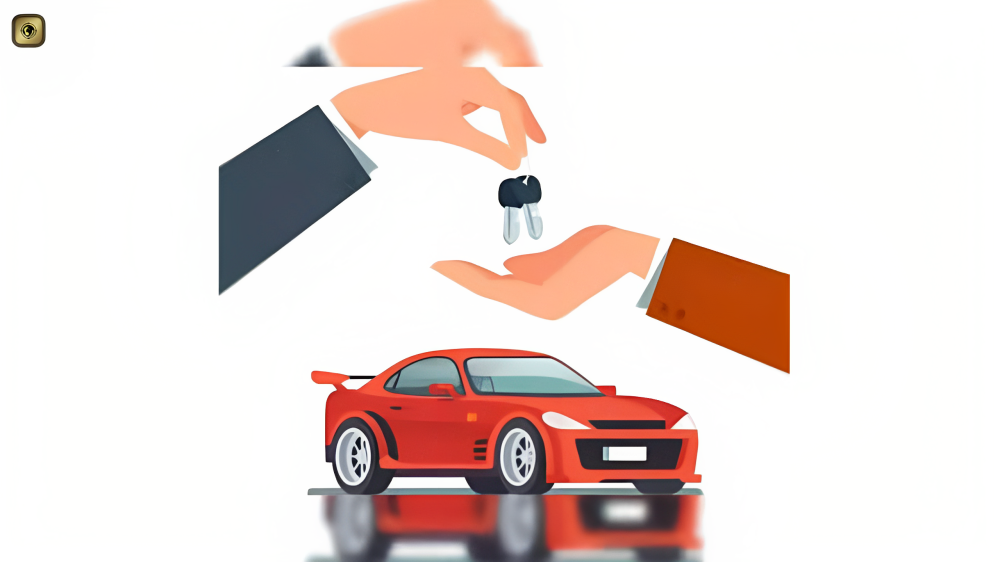March 27, 2025
Introduction
- The pre-owned car market in India has been flourishing like never before. The affordability of second-hand cars has continually sustained the used-car market in the nation. However, with individuals now frequently changing cars and various technology and e-commerce companies entering the sector as online used-car platforms, the industry has received a substantial boost.
- In such circumstances, anyone can potentially be a car seller or buyer. Therefore, it is essential that everyone learns how to appraise old, used cars and grasps the implications of used car valuation on car insurance.
- Below is all you need to know about used-car valuation. If you aim to maximize your investment—whether as a car owner, buyer, or seller—continue reading.
What is Used-Car Valuation?
- Used-car valuation, also referred to as second-hand car valuation, is the method through which you ascertain the precise market value of an old vehicle at any specific point in time.
- Factors such as depreciation and past accidents should be taken into account to compute the value of a used car. The value determined after considering these factors is referred to as the Insured Declared Value (IDV) of the car.
- Understanding the IDV of an old car is crucial, as it not only aids in assessing the value of a second-hand car but also represents the maximum sum insured for a car insurance policy.
- Here is a chart that is typically used to compute the IDV of a second-hand car. To maintain uniformity and transparency, insurance firms adhere to the Indian Motor Tariff Act and consider the standard
| Car’s Age | Depreciation |
| Up to 6 months | 5% |
| Between 6 months and 1 year | 15% |
| Between 1 year and 2 years | 20% |
| Between 2 years and 3 years | 30% |
| Between 3 years and 4 years | 40% |
| Between 4 years and 5 years | 50% |
- For vehicles older than 5 years, the IDV is determined mutually between the vehicle owner and insurer annually at the time of policy renewal following an evaluation conducted by an authorized car dealer or surveyor.
- Thus, if you purchased a car at the ex-showroom price of Rs 5 lakh, after 2 years, its value would have depreciated by 20%, amounting to Rs 1 lakh. Consequently, its IDV would be approximately Rs 4 lakh (assuming the car is in good shape and has not been involved in any accidents during this time).
- Impact of Used-car Valuation on Car Insurance
- The effect of used-car valuation on insurance premiums is quite significant. As previously stated, the IDV of a used car becomes the sum insured amount for the corresponding insurance policy. The sum insured in car insurance signifies the maximum payout a policy would render in the case of a complete loss of the vehicle.
- The higher the IDV of a vehicle, the greater the sum insured amount and, consequently, the higher the premium amount of the insurance policy.
- Sometimes, one may declare a lower IDV and underprice the vehicle to minimize the annual premium expenditure. This could help save some money on premiums; however, it would also decrease the vehicle’s selling price. Lowering the IDV would result in a reduced sum insured amount too. As a result, a smaller payout would be received under the insurance policy in the event of a total loss, such as car theft.
Thus, it is recommended to always declare the accurate IDV of your vehicle for minimal hassles and maximum transparency.
- Used-Car Valuation Calculator
- The used car valuation calculator is a resource available at numerous online used car marketplaces to approximate the real market value of a second-hand car.
- You simply need to input the vehicle’s registration number, manufacturing year, make and model of the car, and the registration city.
The following elements:
Type of coverage: Premium for third-party liability-only insurance (which covers any financial liabilities to a third party in the event of an accident) will be higher than that on the comprehensive car insurance policy (which covers both the insured vehicle and the third party).
Registration city: If your car is registered in a location that is more susceptible to accidents or natural disasters, you may be required to pay a higher premium.
Make and model of the car: The make and model of your vehicle determine your vehicle’s IDV and, therefore, its premium rate.
Fuel type: Premium prices for diesel cars are generally higher than those for petrol, diesel, and CNG variants, as the former tend to be more expensive.
Add-on covers: Add-ons provide extra coverage to an insured vehicle at a nominal extra cost. Your premium amount increases with the addition of more add-ons you select.
FAQs
Do I need to pay to use the online used-car valuation calculator?
No, the majority of used-car valuation tools are entirely free, and you do not need to pay anything on any website.
Is the price suggested by the calculator negotiable?
Yes. The price indicated by the used car valuation calculator is merely an estimate meant to provide you with an idea of the fair price. If you believe the price is less/more, you can negotiate with the buyer/seller after evaluating the market conditions and the vehicle’s condition.
What is the value of a brand new car that was purchased recently?
The value of a car is 100% only while it remains in the showroom. Once it is sold and leaves the showroom, its value begins to depreciate. A car up to six months old is typically valued at 95% of its ex-showroom price.
Disclaimer: For further details on risk factors, terms and conditions, please read the sales brochure carefully before completing a sale. *The discount amount will vary based on vehicle specifications and place of registration.



Leave A Comment